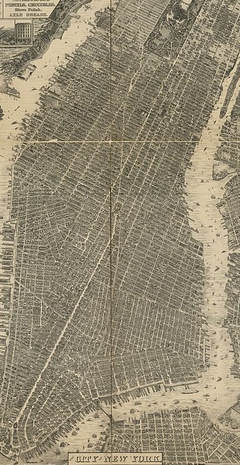Fred Trump Slays the King of Cooperative Housing
By Gwenda Blair
Nearly two decades after Friedrich Trump came to America and a year before his first son, Fred, was born, another boy landed at New York Harbor. He was fifteen, a year younger than Friedrich had been upon his arrival. Like Friedrich, he had traveled alone and left behind his family, his homeland, and his obligation to enter into his country’s military service. And he, too, did not intend to return. His name was Abraham Eli Kazan, and the country he left was Russia. In the coming decades, he, like Fred Trump, would become a real estate developer in New York, building apartments in a city with a desperate need for housing. In the late 1950s the two men each sought to build on the same stretch of Coney Island, a long and bitter struggle that eventually entangled the highest levels of city government. But it was more than a battle between two well-connected businessmen. Trump and Kazan were leaders in two separate movements battling for effective control of the way the city would grow — and because New York City was a bellwether for the rest of the nation, the way that cities all over the country would grow. Ultimately, on this patch of Coney Island, not far from the famous amusement rides, Fred Trump helped carve America's urban future.
Read More









